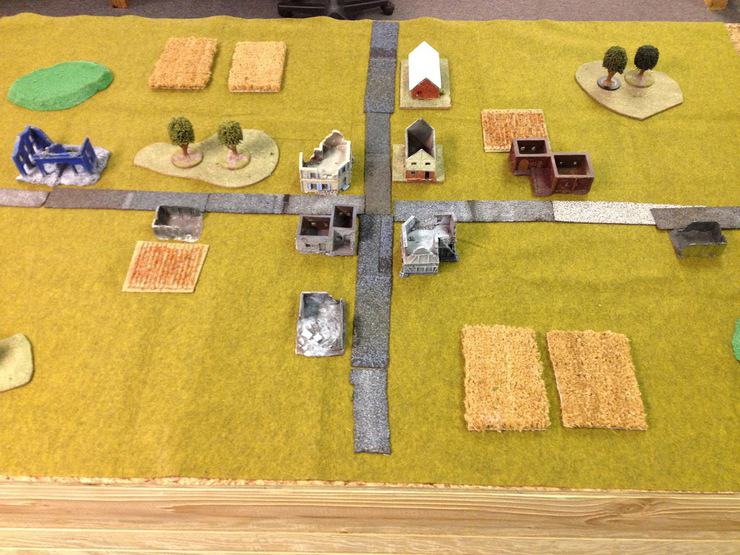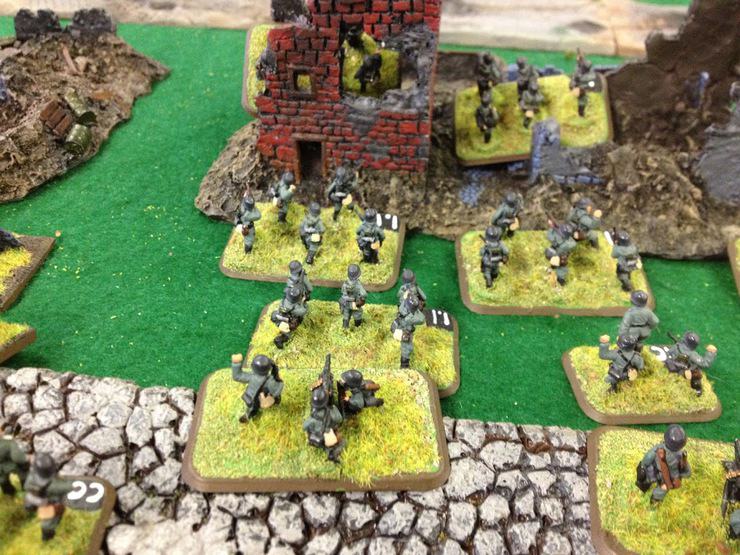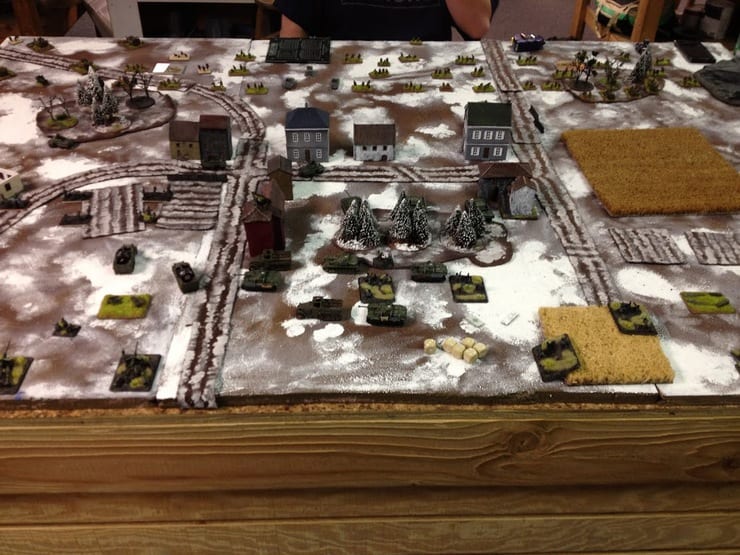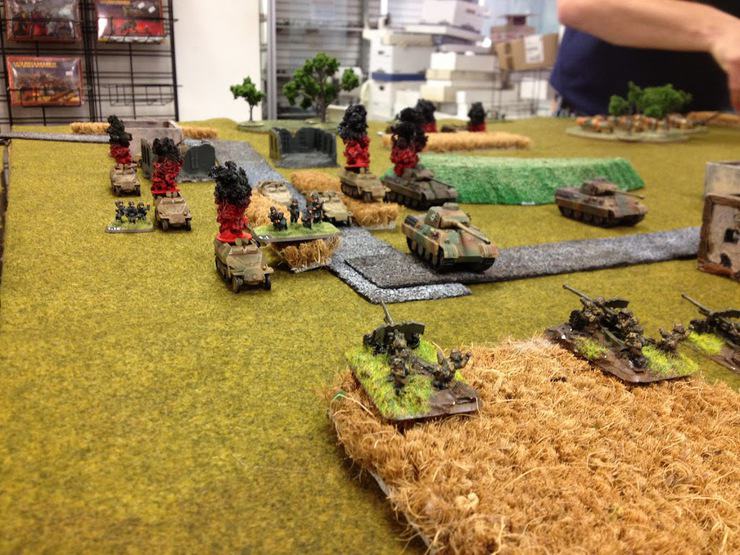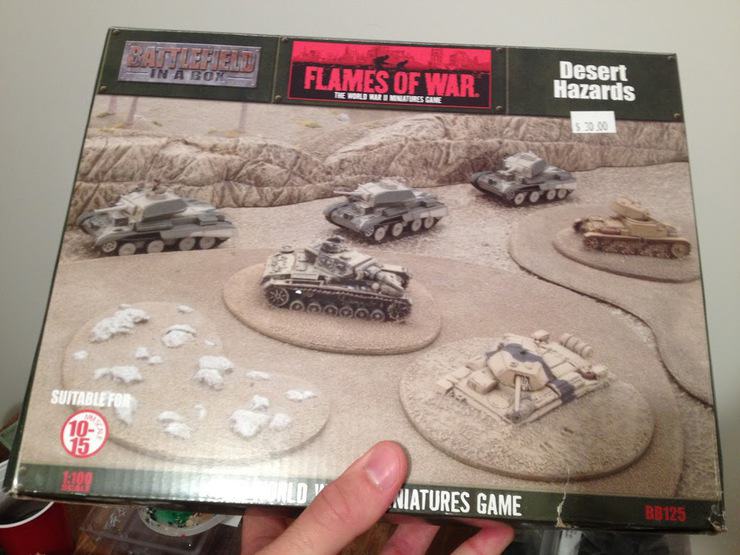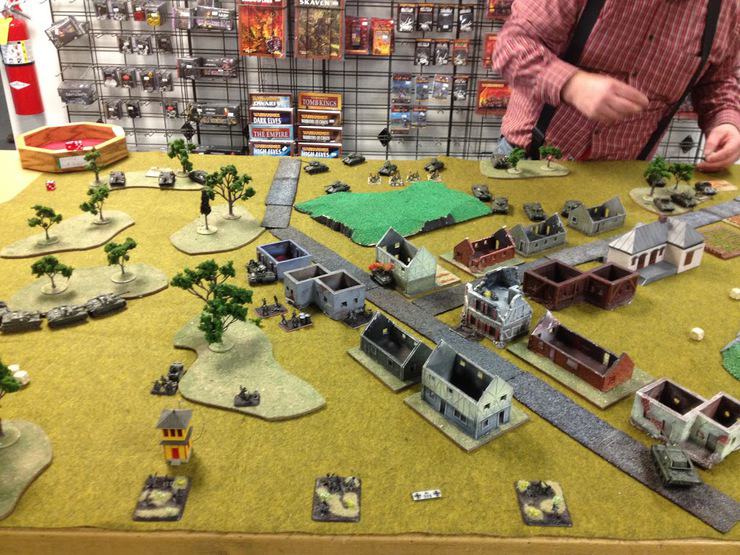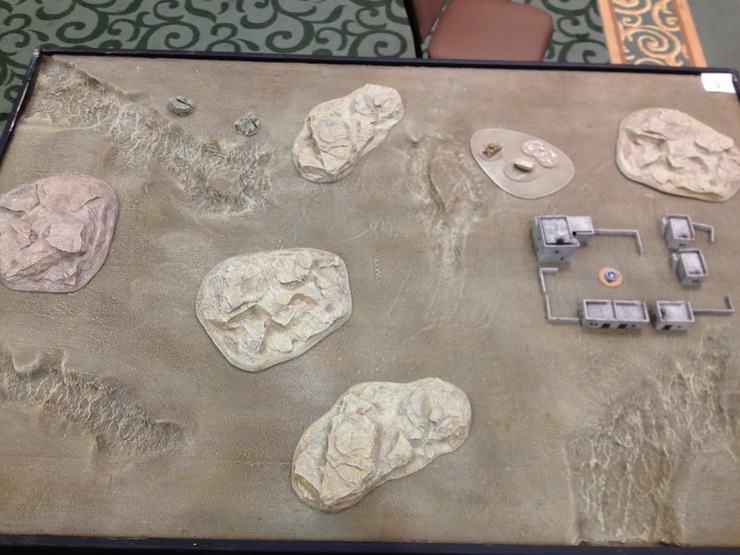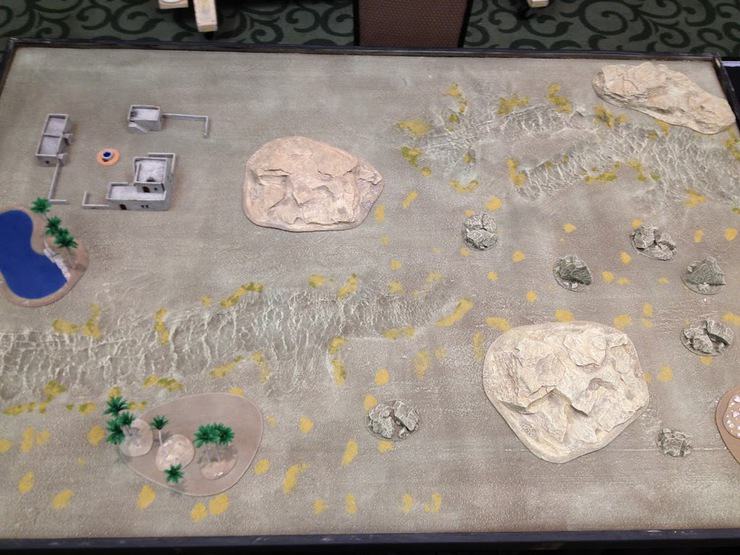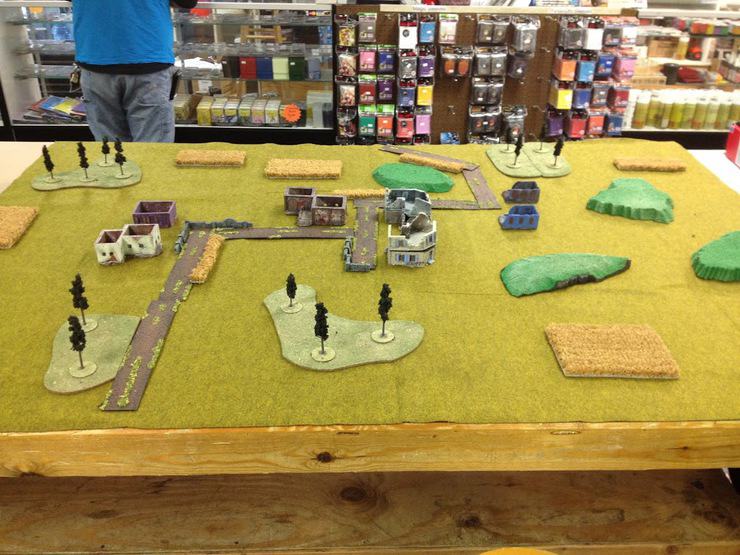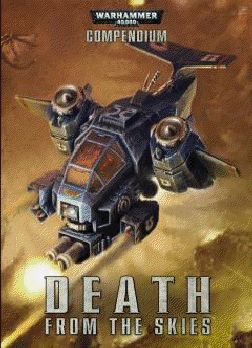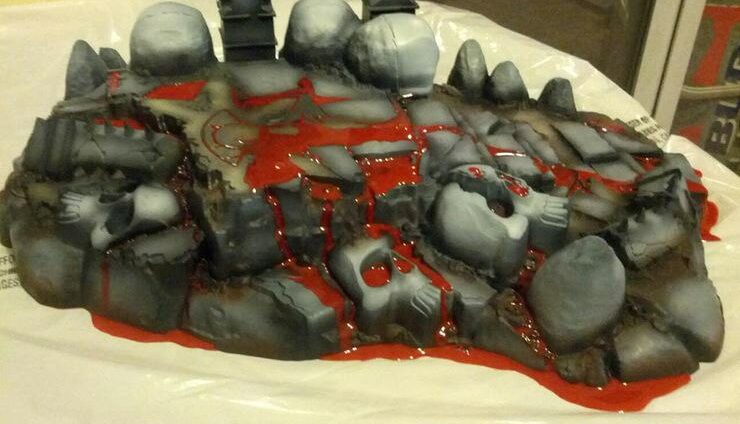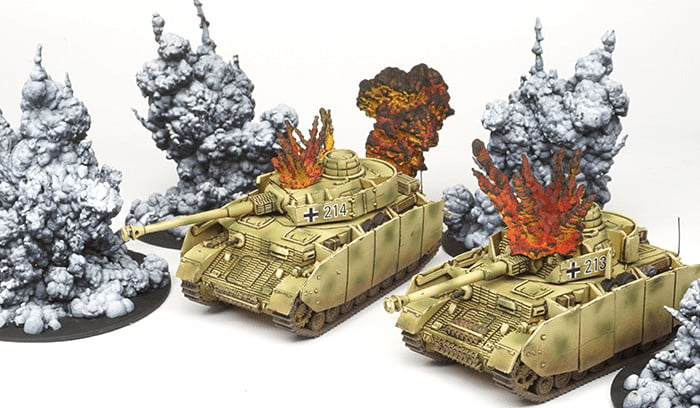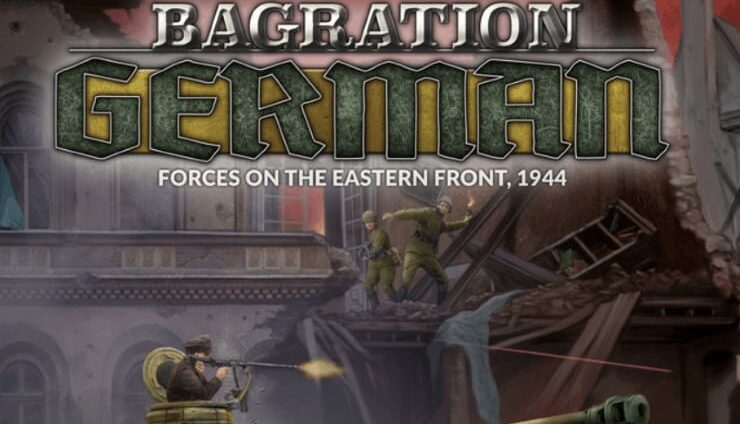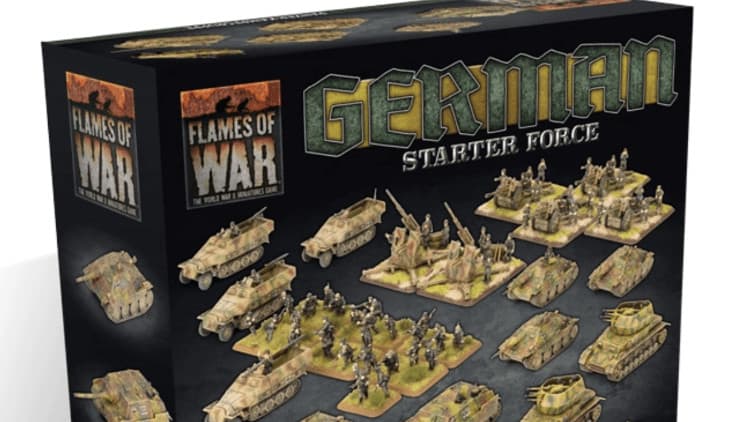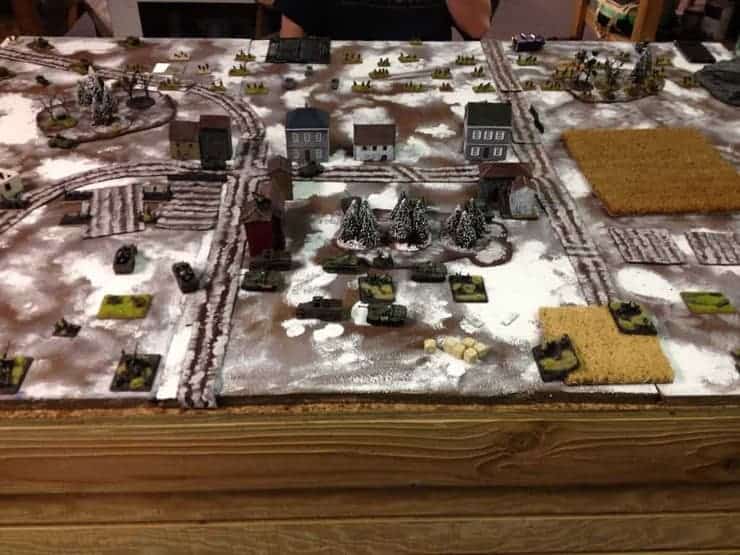 Hi everyone, today I thought I’d visit a topic that has been gaining steam amongst the FoW community for quite some time, but especially since Steve from WWPD returned from his New Zealand adventures.
Hi everyone, today I thought I’d visit a topic that has been gaining steam amongst the FoW community for quite some time, but especially since Steve from WWPD returned from his New Zealand adventures.
The question of terrain density plagues many tabletop wargaming systems, but I have noticed more impassioned debate on this subject for FoW than at any time in the past. So I’d like to give my take on this subject, and hopefully give some pointers that will help your group.
If looks could kill…
The primary goal of gaming should be having fun, and nothing is more fun than playing a game on a table with terrain that really absorbs the action swirling around it. We want nothing more than to tell stories weeks and months after a battle; stories about how my tanks went crashing through a building and pulled out a victory, or how an opponent’s lone AT gun held the ridge against impossible odds.
To this end, I truly advise gamers to take a step back before a battle and envision the story behind the terrain. Why are your troops fighting over this terrain? Is it important to secure a river crossing? Does the little village in the enemy deployment zone contain an important crossroads? I feel that when players invest themselves in the terrain then the terrain stands a better chance of working FOR them instead of AGAINST them.
Enough of that mushy stuff, we’re here to throw-down…
I acknowledge, however, that having dramatic and well-constructed terrain can only go so far. There are times when we look back upon a battle and realize that the terrain impacted the game in an unbalanced way. This is especially important in the Version 3 rules for FoW, given the new-found abundance of ambushing units (tank destroyers), changes in vehicle mobility (moving through wheat fields, moving on hills, jeeps), and the difficulties vehicles face when assaulting infantry (two bailed/destroyed results on the charge stop the assault).
In my local gaming scene we tend to play on boards that are very dense. As a consequence we have seen a noticeable superiority that infantry companies have over tank companies. It is all too easy for players to dump infantry in concealing/difficult terrain next to an objective and watch as their opponents bog their way across the table. Infantry suffer no consequences from moving through terrain, and are thus able to essentially outmaneuver vehicles on the dense boards of my FLGS. Often, players forced to attack can’t even draw Line of Sight to the enemy until they are 6″ away. The games in the local tournaments have become very repetitive.
Much of the discussion on this subject in the global FoW community has come about as a result of the photos brought back to us by the aforementioned Steve; photos which showed how sparse some of Battlefront’s playtesting tables were. To the playtesters, the impact of Tank Destroyers is lessened because of the ease with which recon units could isolate terrain and block the dreaded TD ambush. But to players in the U.S., where boards that are far more dense, springing the TD ambush is much easier and much more effective. This has since led to discussions on finding Battlefront’s “premium optimal super no-fail terrain density.”
Frankly, in a game with so many variables, based on a war fought across the world, it is impossible (not to mention wrong) for a ruleset or a company to dictate how you should set up a battlefield.
So, what’s the point of typing/reading all of this?
Really, guys, my whole point of this article, and what I’m proposing for your group, is to not worry nearly as much about finding that elusive “optimal terrain density,” but rather to play many different games on many different types of boards. World War Two was fought in the cities, in the deserts, in the forests, etc. Generals couldn’t customize their terrain. I think it is especially important for tournament organizers to ensure that their tables alternate terrain densities, which will test a general’s tactics and reduce the odds of certain armies facing an uphill battle in every game. In the picture below, we have a battlefield where infantry could move across the entire battlefield without ever losing cover.
Here is a picture straight from Battlefront’s website that I really like:
My general guidelines…
I have three general rules when setting up a battlefield for a tournament:
1. Have equal terrain density in all possible deployment zones. Players have to think about whether the battle will be played across the long or short edges. Forcing an infantry company to attack across a field into a city in Hold the Line is going to irritate players very quickly.
2. Place some sort of Line-of-Sight blocking terrain near the center of the table. This forces opponents to plan their maneuvers skillfully, and reduces the ability of one opponent to just sit back and rain artillery down upon their foes.
3. Include “Very Difficult Going.” In my local store, and some others that I have traveled to, I see a lot of gamers choosing to count rivers as only Slow/Difficult Going, or counting vertical cliffs as Difficult Going. The rules for Very Difficult Going are there for a reason. Movement is critical to victory in FoW, and true generals should have to earn their victories by using all sorts of terrain to their advantage. Of course the board shouldn’t be dominated by Very Difficult Going, as tank forces will lose to the terrain before they lose to their opponent.
Thanks for reading. Be sure to checkout Parker’s great FoW Hobby blog over at D Minus One -MBG
